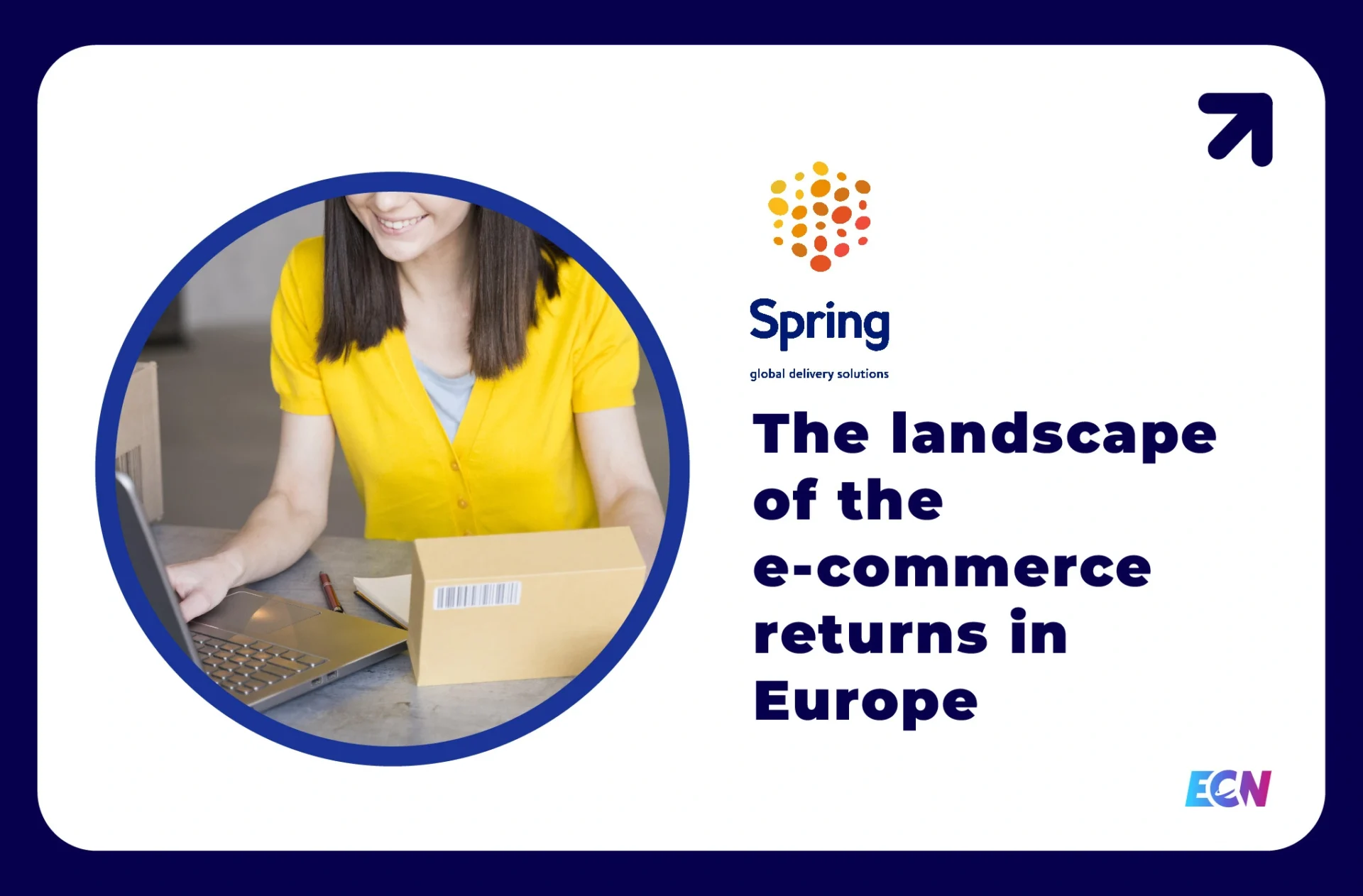On the surface, payment processing seems so straightforward : a customer loads his or her online shopping cart, he enters his or her credit card details and clicks the “buy” button. Within seconds, both you (the e-merchant) and the customer receive confirmation of the successful sale.
Though despite this speed and simplicity, there’s a lot more happening behind the scenes. The entire payment processing dance involves many more players than just the buyer and seller. Below is a more detailed breakdown of what really happens under the hood.
Online Payment Processing — Behind the Scenes
We already know how an online transaction is “triggered. “Customers load their shopping carts, enter their payment details, and click the “buy” button.
Here’s what happens next:
Step 1: Open the Gates
Once a customer clicks the “buy” button, his or her credit card details are captured by a secure payment gateway that then forwards this information to your payment processor.
Step 2: Ask the Issuer
Your payment processor then asks the customer’s card-issuing bank to verify whether the transaction is legitimate or not.
Step 3: Authorize and Advance
The customer’s card-issuing bank reviews the transaction before deducting the sale amount from that user’s account. If the transaction is rejected, notifications are sent to all relevant parties, including the customer and payment processor.
Step 4: Approve the Move
Assuming the transaction is legitimate, your payment processor then notifies you of the successful sale. All of the above happens in mere seconds — even if you and your customers are on opposite sides of the globe. But at this point, you don’t have the money in your account just yet. For that, we need one final step.
Step 5: Credit the Account
Within a few days, the funds from the sale finally show up in your merchant account, and the transaction is now “officially” over.
When Payment Processing Doesn’t Work
Online payment processing is truly a marvel. In fact, there are more than $1 billion in e-commerce sales every day — and that’s just in the U.S. alone.
However, not every online transaction unfolds as smoothly as the outline above suggests. Payment fraud is a major problem that continues to generate huge losses for e-commerce merchants all over the world. With online, anonymous shopping, it’s very difficult to separate fraudulent charges from legitimate ones — and criminals know this.
Although there is no universally accepted strategy for eliminating payment processing fraud completely, there are steps you can take to dramatically reduce your risk exposure, including:
- Investing in PCI-compliant data security and protection. Even if you’re not an expert in this area, your payment processor certainly should be.
- Requiring your online customers to provide additional verification data such as CVV codes, billing addresses and expiration dates.
- Reducing the amount of payment data you store in-house. If you don’t keep credit card numbers or CVV codes on file, there’s no way for thieves to steal this information.
- Using Secure Sockets Layer (SSL) certificates with your online store. In fact, many payment processors now require that their e-merchant clients use SSL certificates.
- Keeping all your software and hardware up to date with the latest patches. Malware is often designed to exploit older vulnerabilities that victims never bother to address.
Do you have additional questions about how payment processing works? Tell us below or tweet us! Or perhaps you’re curious about what steps you can take to protect yourself from fraud and abuse. Hopefully, the free infographic below can answer your questions. You can even download this resource for future reference.
This infographic was created by Performance Card Service






